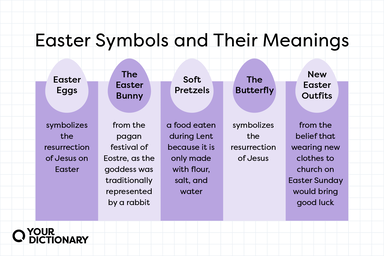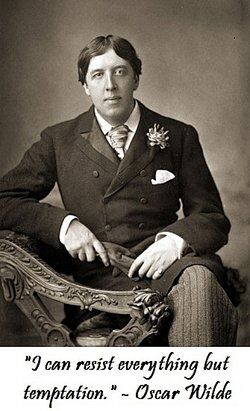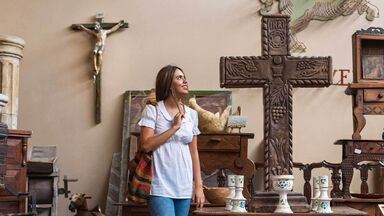Reverting to the origin and the meaning of the feast, modern criticism draws attention to the different nature of the two observances combined with the name Passover, the pastoral sacrifice of the paschal lamb and the agricultural observance of a seven days' abstention from unleavened bread.
The paschal lamb is no longer eaten but represented by the shank bone of a lamb roasted in the ashes; unleavened bread and bitter herbs (haroseth) are eaten; four cups of wine are drunk before and after the repast, and a certain number of Psalms are recited.
Bitter herbs also were often added, probably because they were eaten with the Paschal lamb.
The paschal lamb is now eaten on Sunday, but until the 11th century, and even later, it was eaten with the Eucharist at a Lord's Supper celebrated on the evening of Maundy Thursday after the rite of pedilavium or washing of feet.
Thus the Passover, with a new conception added to it of Christ as the true Paschal Lamb and the first fruits from the dead, continued to be observed, and became the Christian Easter.





